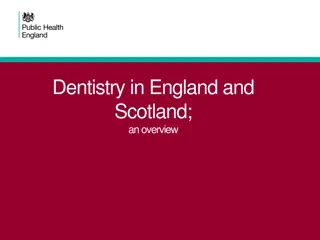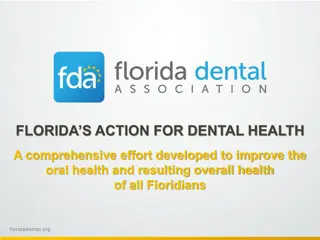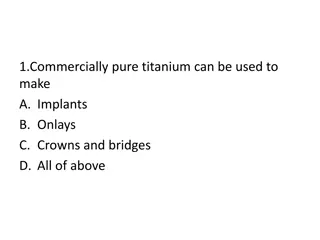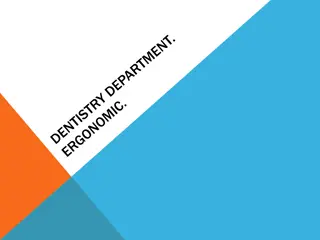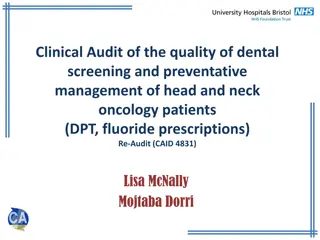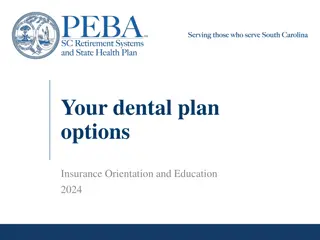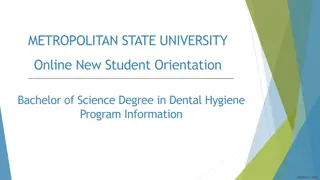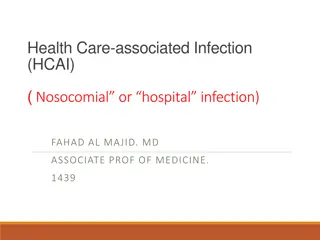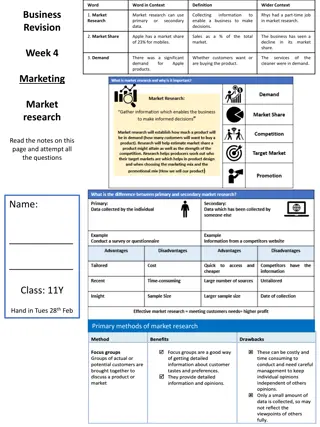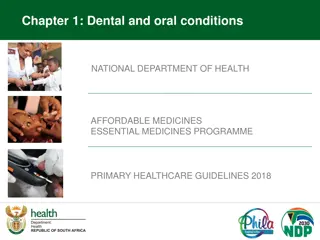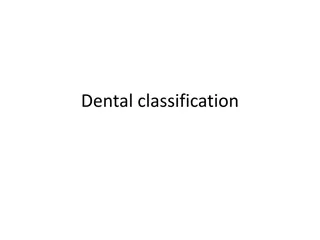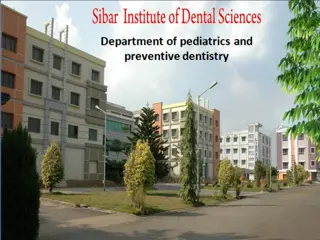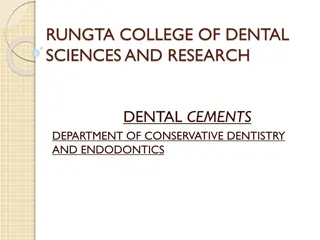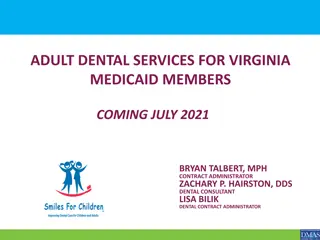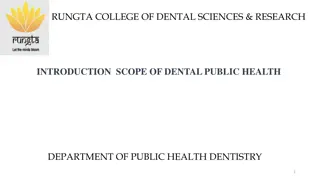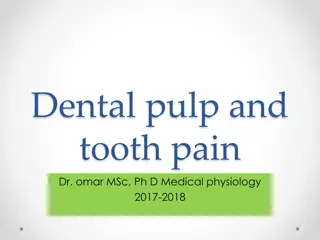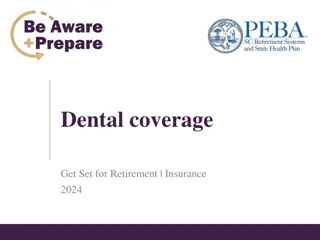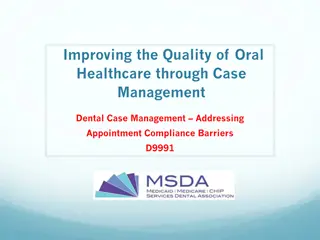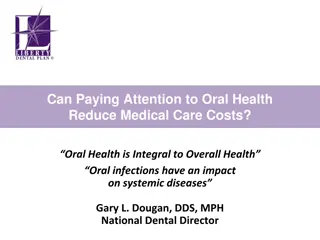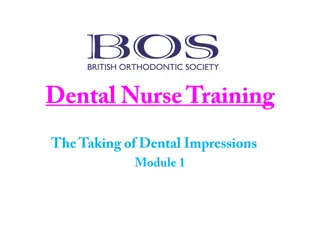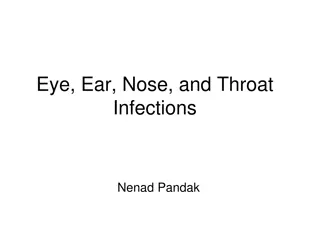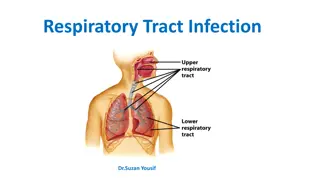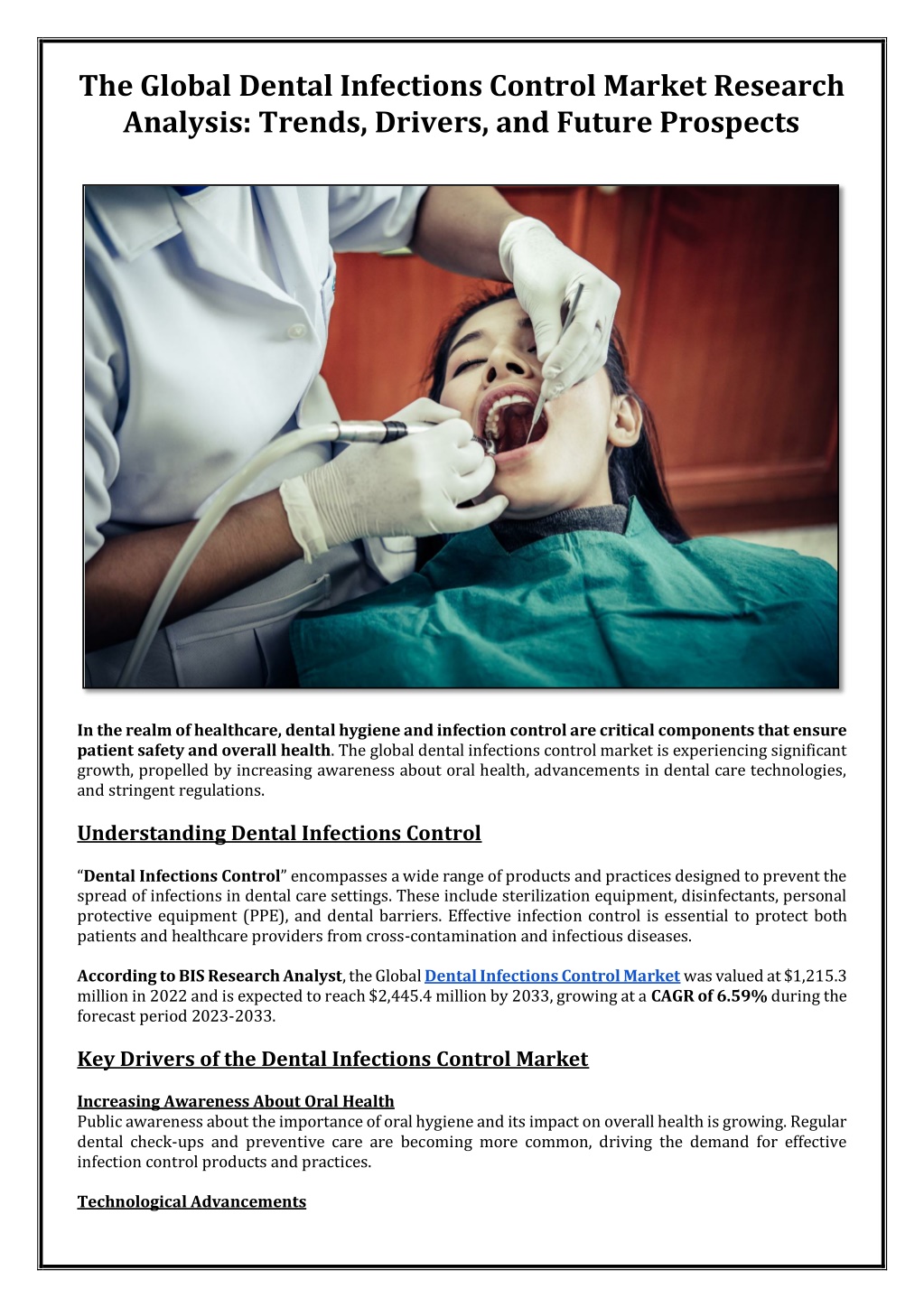
The Global Dental Infections Control Market Research Analysis and Forecast
According to BIS Research Analyst, the Global Dental Infections Control Market was valued at $1,215.3 million in 2022 and is expected to reach $2,445.4 million by 2033, growing at a CAGR of 6.59% during the forecast period 2023-2033.
- Dental Infections Control Market
- Dental Infections Control Industry
- Dental Infections Control Market Report
- Healthcare
- Dental Infections Control Market Research
- Dental Infections Control Market Forecast
- BIS Research
Uploaded on | 0 Views
Download Presentation

Please find below an Image/Link to download the presentation.
The content on the website is provided AS IS for your information and personal use only. It may not be sold, licensed, or shared on other websites without obtaining consent from the author. Download presentation by click this link. If you encounter any issues during the download, it is possible that the publisher has removed the file from their server.
E N D
Presentation Transcript
The Global Dental Infections Control Market Research Analysis: Trends, Drivers, and Future Prospects In the realm of healthcare, dental hygiene and infection control are critical components that ensure patient safety and overall health. The global dental infections control market is experiencing significant growth, propelled by increasing awareness about oral health, advancements in dental care technologies, and stringent regulations. Understanding Dental Infections Control Dental Infections Control encompasses a wide range of products and practices designed to prevent the spread of infections in dental care settings. These include sterilization equipment, disinfectants, personal protective equipment (PPE), and dental barriers. Effective infection control is essential to protect both patients and healthcare providers from cross-contamination and infectious diseases. According to BIS Research Analyst, the Global Dental Infections Control Market was valued at $1,215.3 million in 2022 and is expected to reach $2,445.4 million by 2033, growing at a CAGR of 6.59% during the forecast period 2023-2033. Key Drivers of the Dental Infections Control Market Increasing Awareness About Oral Health Public awareness about the importance of oral hygiene and its impact on overall health is growing. Regular dental check-ups and preventive care are becoming more common, driving the demand for effective infection control products and practices. Technological Advancements
Advancements in dental care technologies are enhancing the efficacy and efficiency of infection control methods. Innovations such as automated sterilization systems, advanced disinfectants, and digital monitoring tools are streamlining infection control processes and improving outcomes. Stringent Regulations and Guidelines Regulatory bodies and health organizations worldwide are enforcing stringent guidelines for infection control in dental practices. Compliance with these regulations is mandatory, driving the adoption of high- quality infection control products and practices. Rising Incidence of Dental Disorders The global prevalence of dental disorders, such as cavities, periodontal diseases, and oral cancer, is on the rise. This increase underscores the need for rigorous infection control measures to prevent complications and ensure safe dental care. For more detailed insights on Dental Infections Control Market Research, Request for a FREE sample Research Report (PDF)! Emerging Trends in the Dental Infections Control Market Focus on Disposable Products There is a growing trend towards the use of disposable products in dental practices to minimize the risk of cross-contamination. Items such as disposable gloves, masks, gowns, and dental tools are becoming increasingly popular due to their convenience and effectiveness in infection control. Eco-Friendly Infection Control Solutions Sustainability is gaining traction in the dental industry. Manufacturers are developing eco-friendly infection control products, such as biodegradable disinfectants and reusable sterilization wraps, to reduce the environmental impact of dental practices. Integration of Digital Technologies Digital technologies are being integrated into infection control protocols. For instance, digital record- keeping and monitoring systems enable better tracking of sterilization processes and compliance with infection control guidelines. Education and Training Programs Educational initiatives and training programs are crucial in promoting best practices in infection control. Dental associations and organizations are increasingly offering training to dental professionals, ensuring they stay updated with the latest infection control techniques and regulations. Challenges in the Dental Infections Control Market High Costs: The cost of advanced infection control products and equipment can be prohibitive for some dental practices, particularly in developing regions. Balancing the need for high-quality infection control with budget constraints is a significant challenge. Regulatory Compliance: Navigating the complex regulatory landscape can be challenging for dental practices. Ensuring compliance with various local, national, and international infection control standards requires substantial effort and resources. Lack of Awareness in Developing Regions: In some developing regions, there is limited awareness and understanding of effective infection control practices. This lack of awareness can hinder the adoption of essential infection control measures and compromise patient safety. Future Market Prospects
Expansion in Emerging Markets: Emerging markets present significant growth opportunities for the dental infections control market. Increasing investment in healthcare infrastructure and rising awareness about oral health are expected to drive demand for infection control products in these regions. Technological Innovations: Ongoing innovations in dental care and infection control technologies will continue to enhance the efficacy and accessibility of infection control solutions. Developments in areas such as nanotechnology and antimicrobial materials hold promise for more effective infection prevention. Collaboration and Standardization: Collaboration between industry stakeholders, regulatory bodies, and healthcare providers will be essential in establishing standardized infection control protocols and promoting best practices globally. Joint efforts can lead to improved compliance and better patient outcomes. Focus on Preventive Care: The emphasis on preventive dental care will drive the demand for comprehensive infection control solutions. Preventive measures, such as routine cleanings and early detection of dental issues, are crucial in maintaining oral health and preventing infections. Conclusion The global dental infections control industry is poised for robust growth, driven by increasing awareness about oral health, technological advancements, and stringent regulatory requirements. As the market evolves, innovation and collaboration will play a critical role in overcoming challenges and ensuring the highest standards of infection control in dental care. By embracing these trends and addressing the needs of diverse regions, the dental infections control market will continue to contribute to safer and more effective dental care worldwide.


